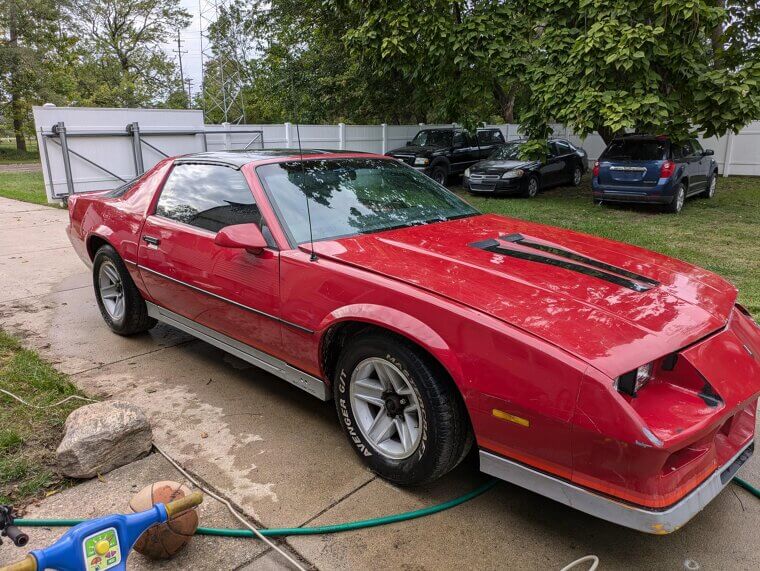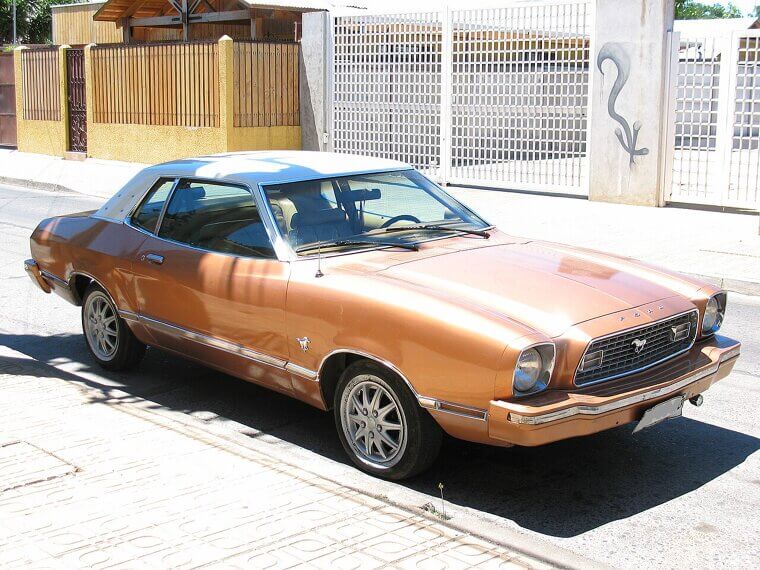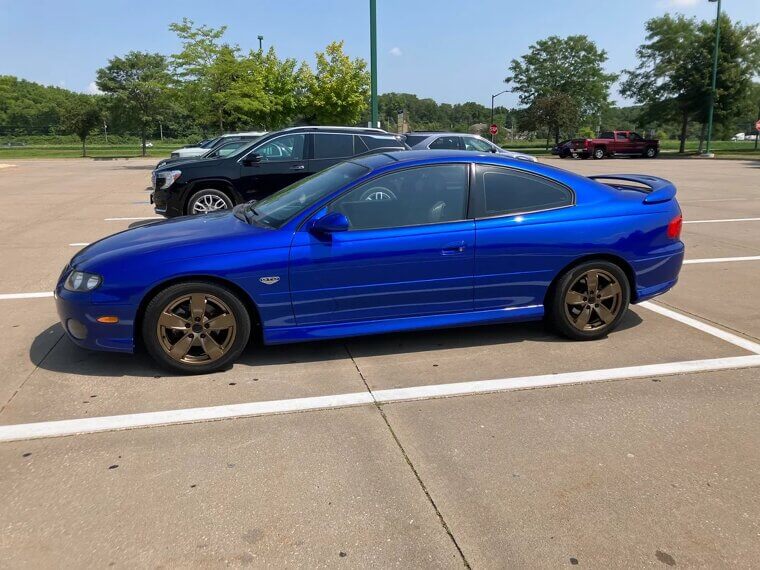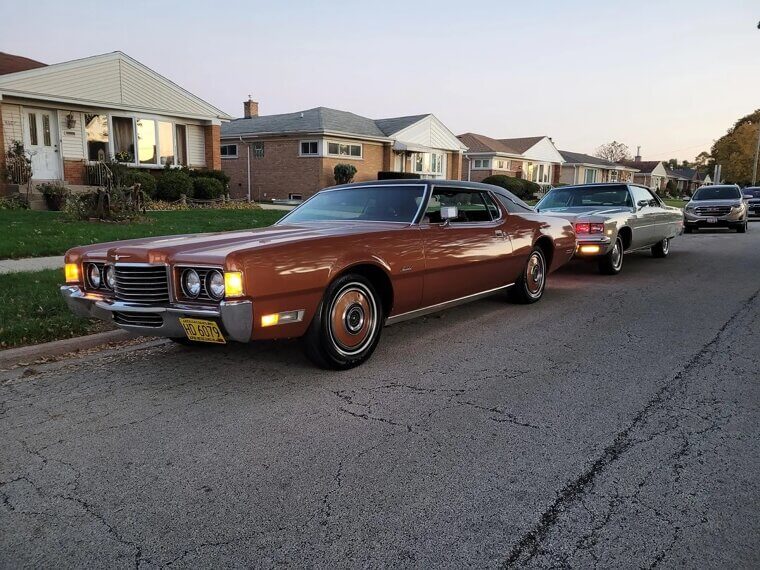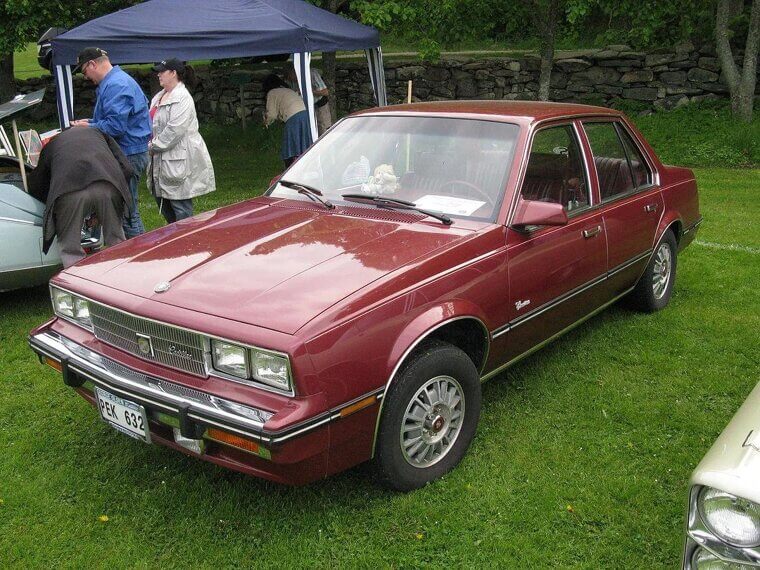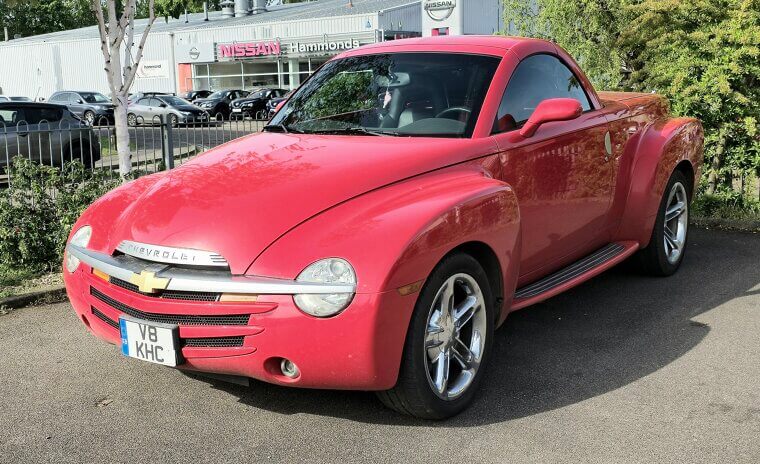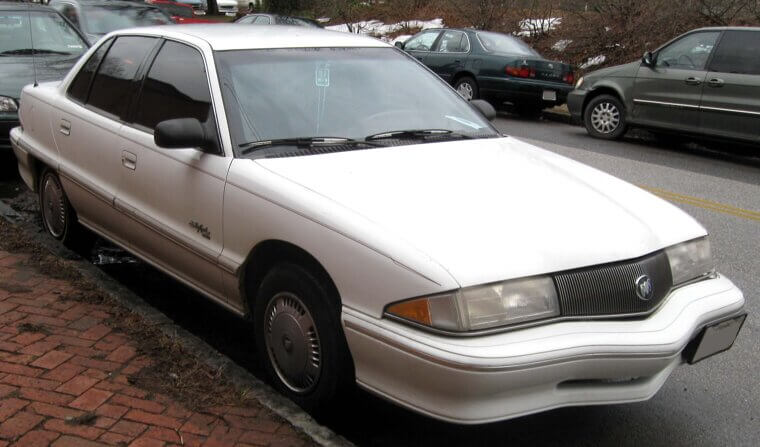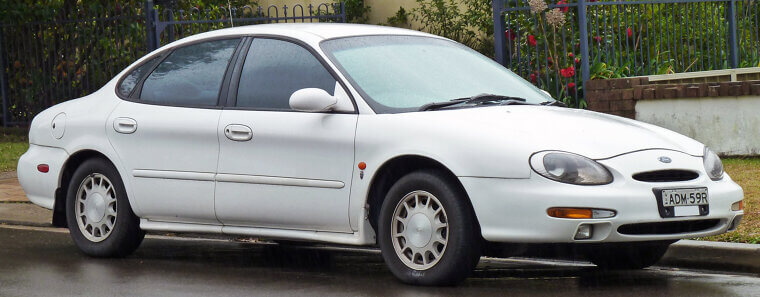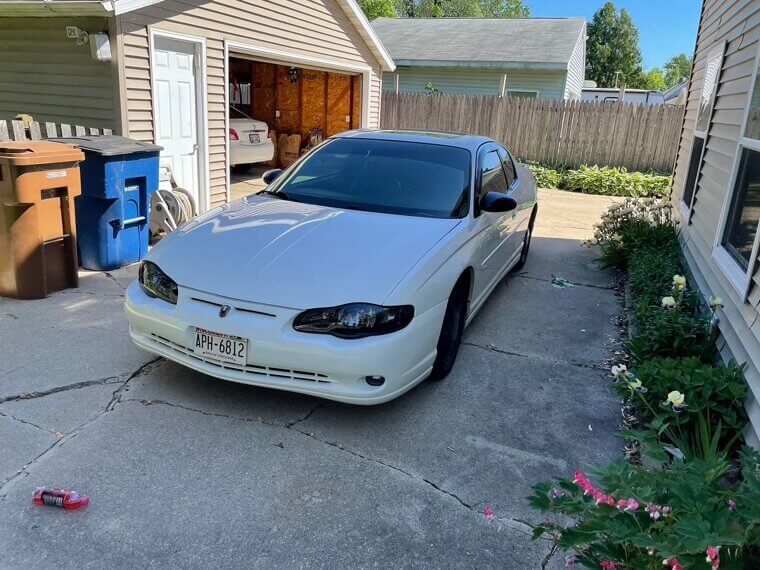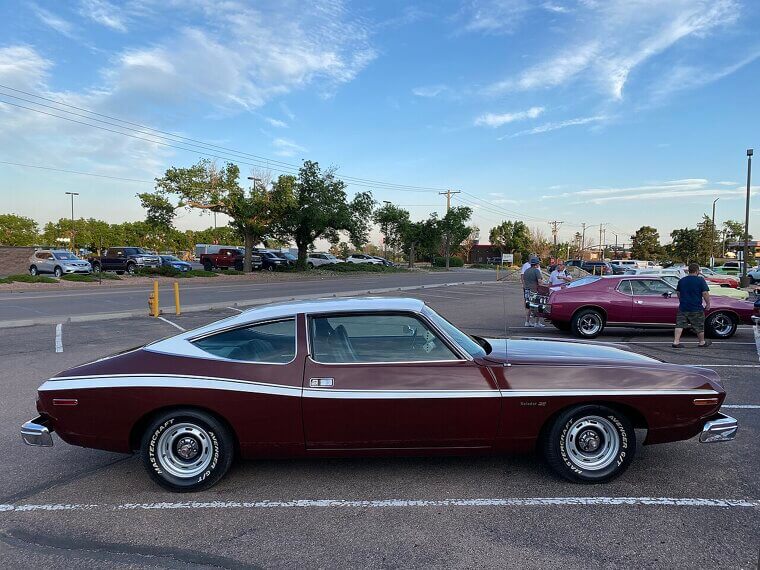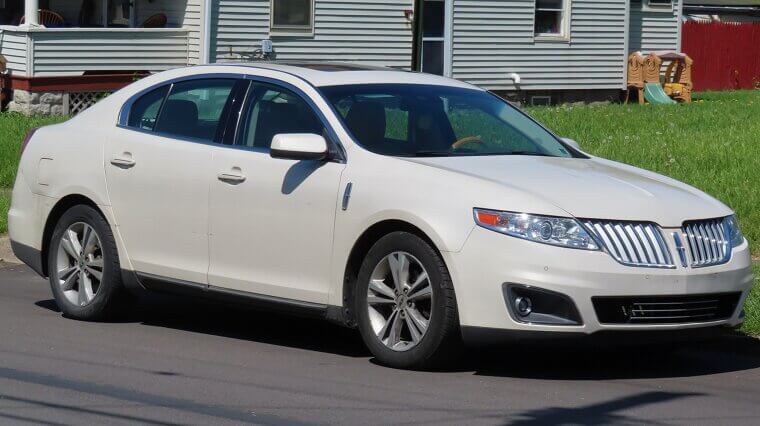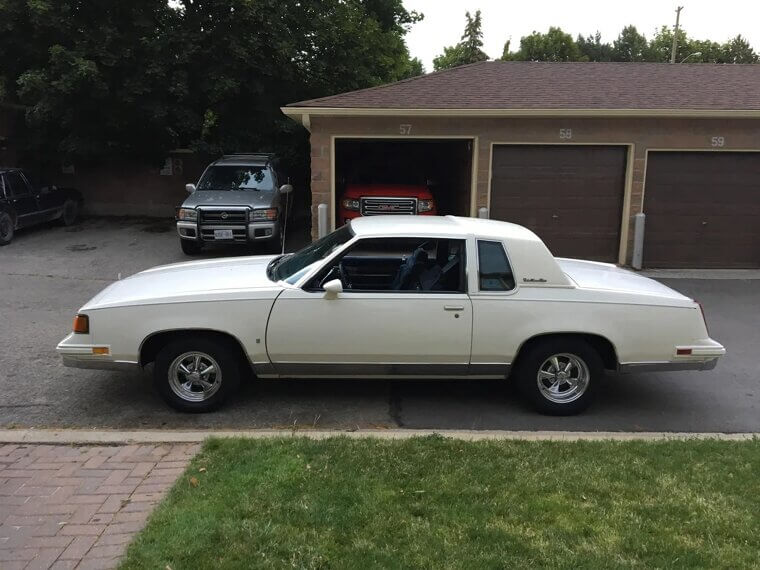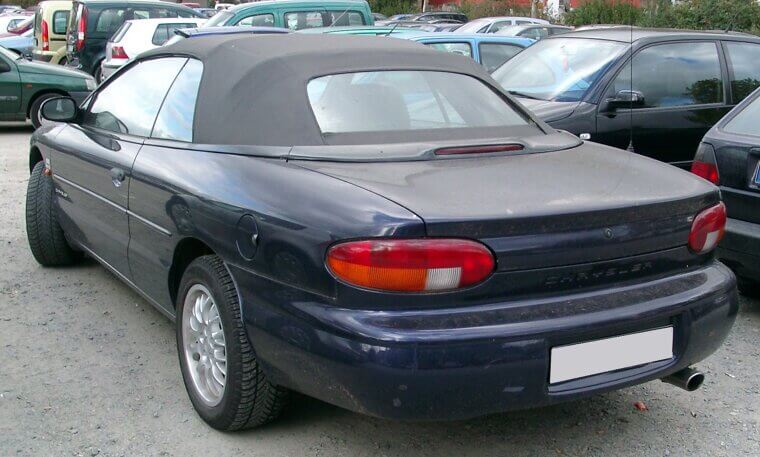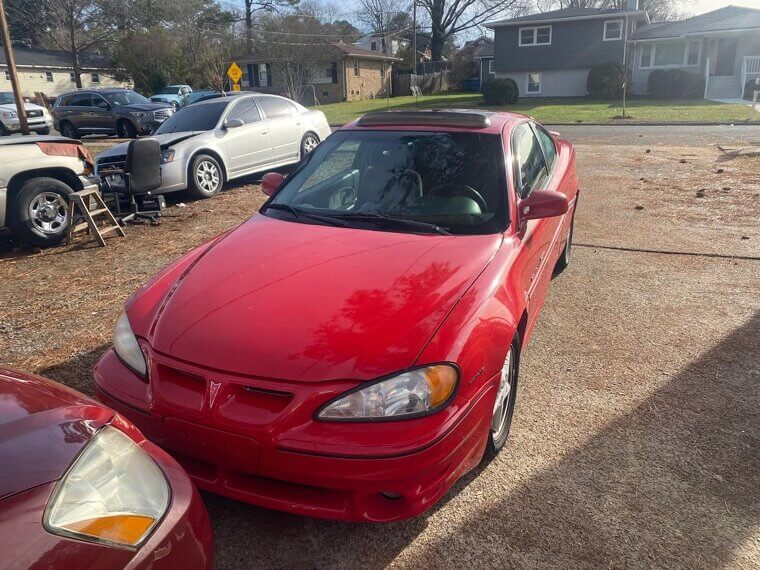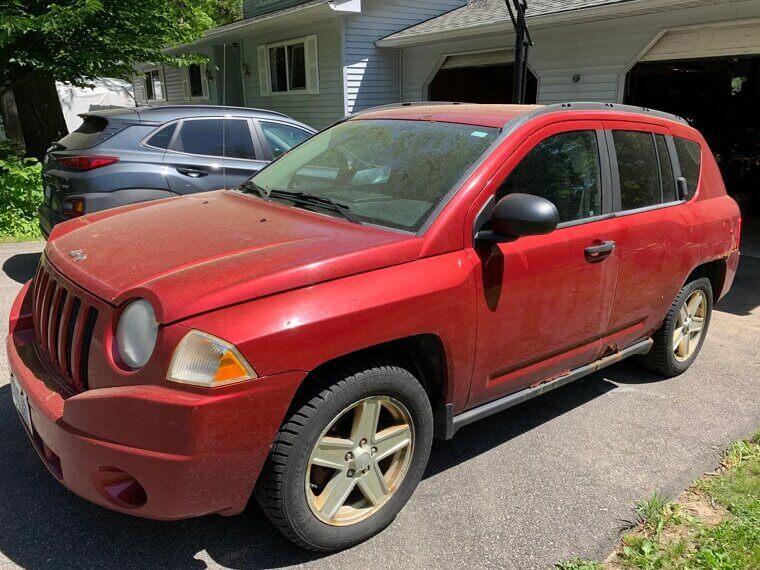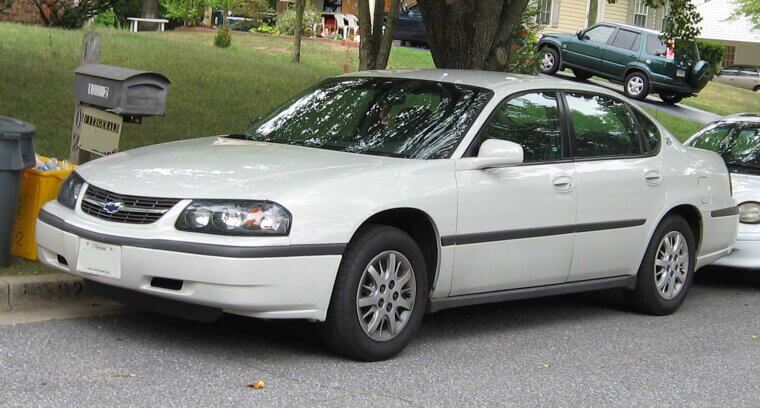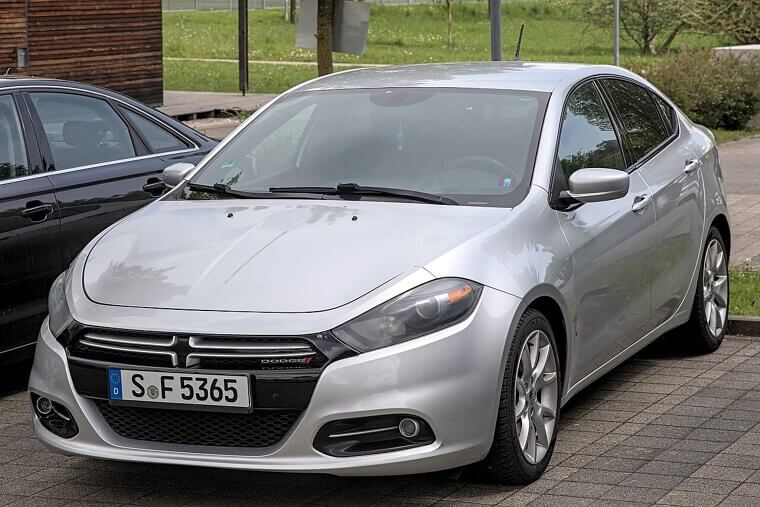1982 Chevrolet Camaro
Chevy’s 1982 Camaro came out with sharp, boxy lines - a big step away from its bold muscle-car past. It looked more like a wedge than the tough street machine it used to be. Fans of the Camaro felt like the attitude was gone. It was lighter and more modern, sure, but that classic muscle vibe wasn’t there anymore.
1974 Ford Mustang
The 1974 Mustang shrank down into the Mustang II, and it shocked a lot of fans. Suddenly, it rode on Pinto parts, and that strong and sporty feel was gone. People wanted power from their Mustang, but they got something slow and small instead. Sure, it was just trying to fit the times, but it didn’t feel like a Mustang anymore.
2004 Pontiac GTO
The GTO made a comeback in 2004, and people expected another wild, retro muscle car. Instead, they got a smooth, simple shape that looked just like any other car on the road. It drove well, but the design felt way too plain. Pontiac lovers wanted something bold and nostalgic, not soft styling.
1980 Ford Thunderbird
The 1980 Thunderbird suddenly shrank, and it threw everyone off. Fans were used to seeing a big, smooth, and elegant car rather than this smaller size that made it feel cheap and less special. The downsizing saved fuel, sure, but it didn’t look or drive like the cruiser people remembered.
2004 Chevrolet Malibu
Chevy’s Malibu switched to front-wheel drive in 2004. Needless to say, that fun, sporty feel disappeared fast. It looked too plain, and didn’t handle with the same confidence as the older models. Drivers felt like Chevrolet traded personality for practicality, which made their cars feel more basic than the lively sedans they were before.
2006 Dodge Charger
When Dodge brought back the Charger in 2006, it surprised everyone with four doors. People weren’t happy. Why? Because they wanted a classic two-door muscle car and not a sedan. Yes, the “new” Charger still had power, but the shape didn’t match the legendary Dodge name. It just wasn't the Charger people remembered and loved.
1982 Cadillac Cimarron
Cadillac tried to make a small luxury car when it released the Cimarron. But it still felt like a regular Chevrolet Cavalier, only with a fancier badge. The styling, power, and interior all felt too basic for a premium brand. Buyers noticed it straight away, and the car became a symbol of how cutting corners can seriously damage a brand's luxury reputation.
2003 Chevrolet SSR
Chevrolet made a bold design choice in the 2003 SSR. Yes, it looked cool and retro, but things fell apart pretty quickly once people drove it. It looked like a truck, but it couldn’t really haul much. It was slow, heavy, and not very useful. The performance didn’t match the SSR’s bold look, and it ended up confusing people.
1992 Buick Skylark
Want to know why people didn’t like Buick’s 1992 Skylark? Simple - the inside felt tight, the dashboard looked way too cluttered, and it had an odd shape that didn’t sit well with drivers. It tried to look futuristic, but came off awkward instead. The redesign pushed buyers away because it didn’t look comfortable.
1996 Ford Taurus
The 1996 Taurus went all-in on oval shapes. We’re talking oval windows, oval grille, oval everything. It looked nothing like the best-selling family car people knew and loved. Buyers didn’t understand this new and pretty unusual styling, and the inside felt just as strange. Ford’s gamble didn’t pay off, and sales dropped fast.
1995 Chevrolet Monte Carlo
The Monte Carlo made its comeback in 1995, this time with front-wheel drive. Gone was the tough, rear-wheel drive machine people loved. Instead, it was replaced with a softer, more basic commuter car that lost all its muscle car spirit. Drivers were anything but happy, and the Monte Carlo flopped in a big way.
1974 AMC Matador Coupe
AMC’s 1974 Matador Coupe had wild, over-the-top styling that made it stand out - but not in a good way. It looked bulky, strange, and almost cartoonish. Buyers just couldn’t see themselves driving something so bold. The design was too risky, and instead of boosting sales, it pushed people toward safer-looking cars.
2009 Lincoln MKS
Change is not always a good thing. The Lincoln MKS should have been a big and bold flagship, but it looked way too plain. The front-wheel drive setup was not what people expected, and everyone was hoping for something more powerful and premium. It blended in instead of standing out, and many people thought it felt more like an upscale rental car.
1988 Oldsmobile Cutlass Supreme
The 1988 model of the Cutlass Supreme dropped that classic styling and moved to front-wheel drive. It immediately lost that strong, confident look it once had, and the new shape made it forgettable. Oldsmobile fans felt it no longer had the charm that made Oldsmobile popular. It became just another mid-size car in a very crowded market.
2007 Chrysler Sebring Convertible
The Sebring Convertible had a shape that just didn’t look right for a car in 2007. The body was tall and bulky, and the inside felt cheap and outdated. Even with the top down, it didn’t have the fun, carefree vibe people want from a convertible. And the redesign made it less stylish instead of more appealing.
1999 Pontiac Grand Am
The 1999 Grand Am tried way too hard with plastic body cladding everywhere. The result? It made the car look cheap and busy. The interior didn’t help either, and it was filled with cheap plastics and loud shapes. Instead of looking sporty and modern, it just felt overdone, and the design hurt Pontiac’s image more than it helped it.
2007 Jeep Compass
The first Compass looked soft and gentle, which shocked Jeep fans. It didn’t feel rugged, and it couldn’t handle tough trails. Many people expected a real Jeep, but got something closer to a regular car. The styling and performance missed the mark, and it left off-road lovers disappointed in one of their favorite brands.
2000 Chevrolet Impala
The 2000 Impala dropped its rear-wheel drive and stopped offering a V8, and that changed everything. It became a simple front-wheel-drive sedan without much excitement. The personality, power, and big-car feel that people loved were gone. It turned into a basic commuter instead of a strong, classic American sedan.
2002 Ford Explorer
Ford added independent rear suspension to the 2002 Explorer to “make the ride smoother.” But it hurt towing power, and families who used it for hauling weren’t happy. The SUV felt less capable, and the design changes didn’t look very bold either. It became softer at the exact time buyers wanted tough.
2013 Dodge Dart
The 2013 Dart came back with a famous name, but the car didn’t live up to it. The engines felt weak, and the driving experience felt flat. The styling was nice, but the performance didn’t match the hype. Many people didn’t understand what the Dart was supposed to be, and the car faded fast.

